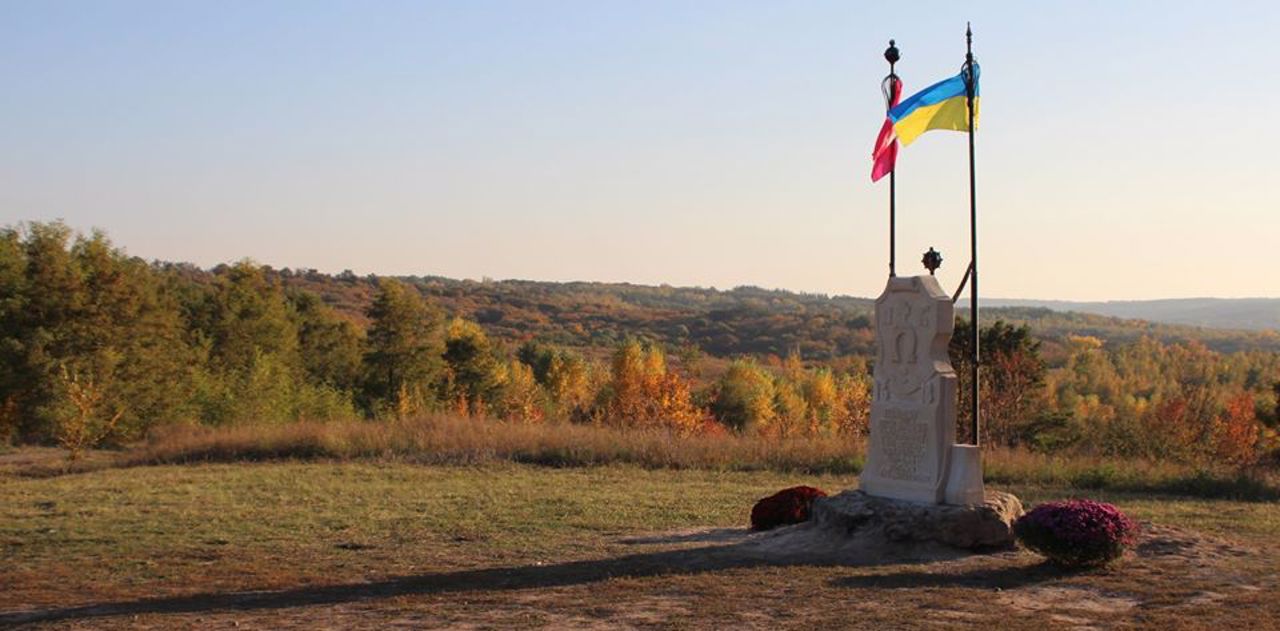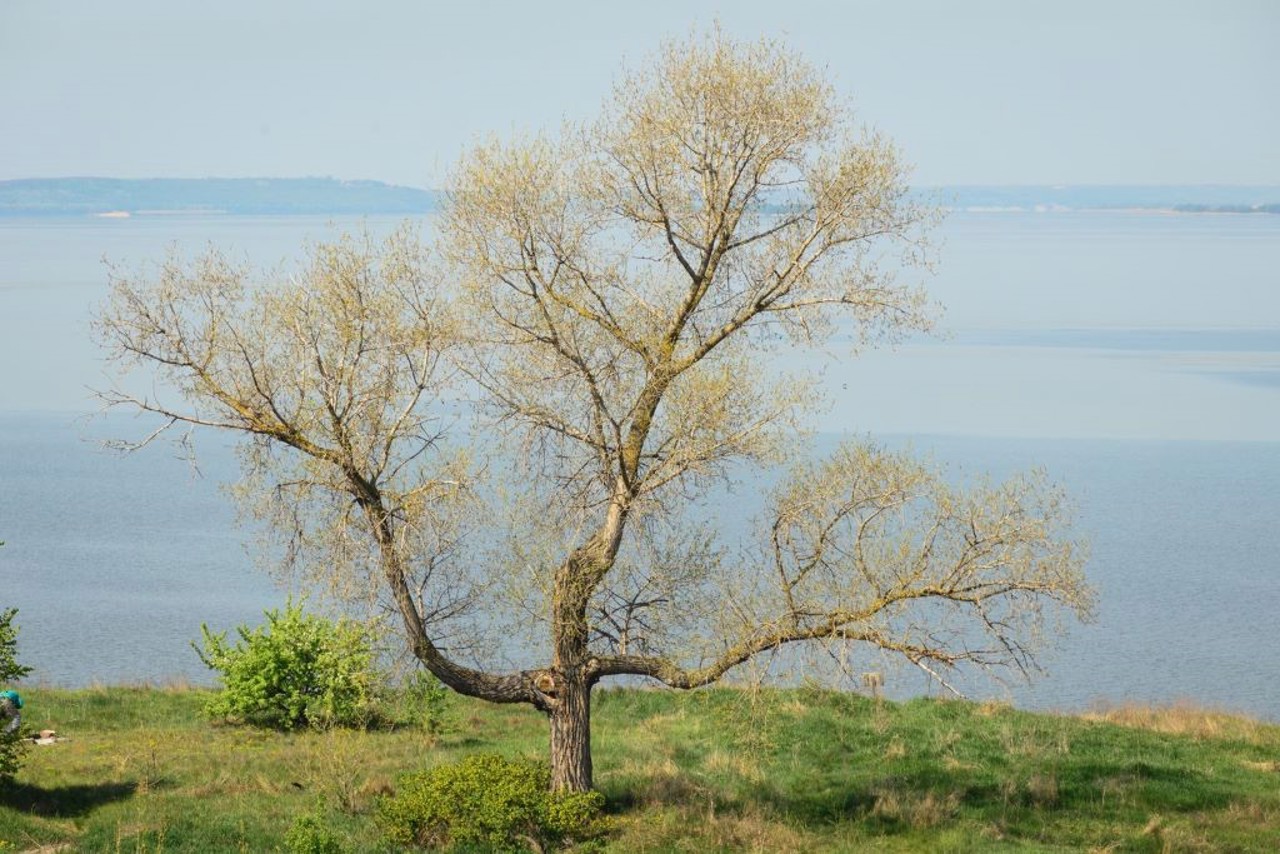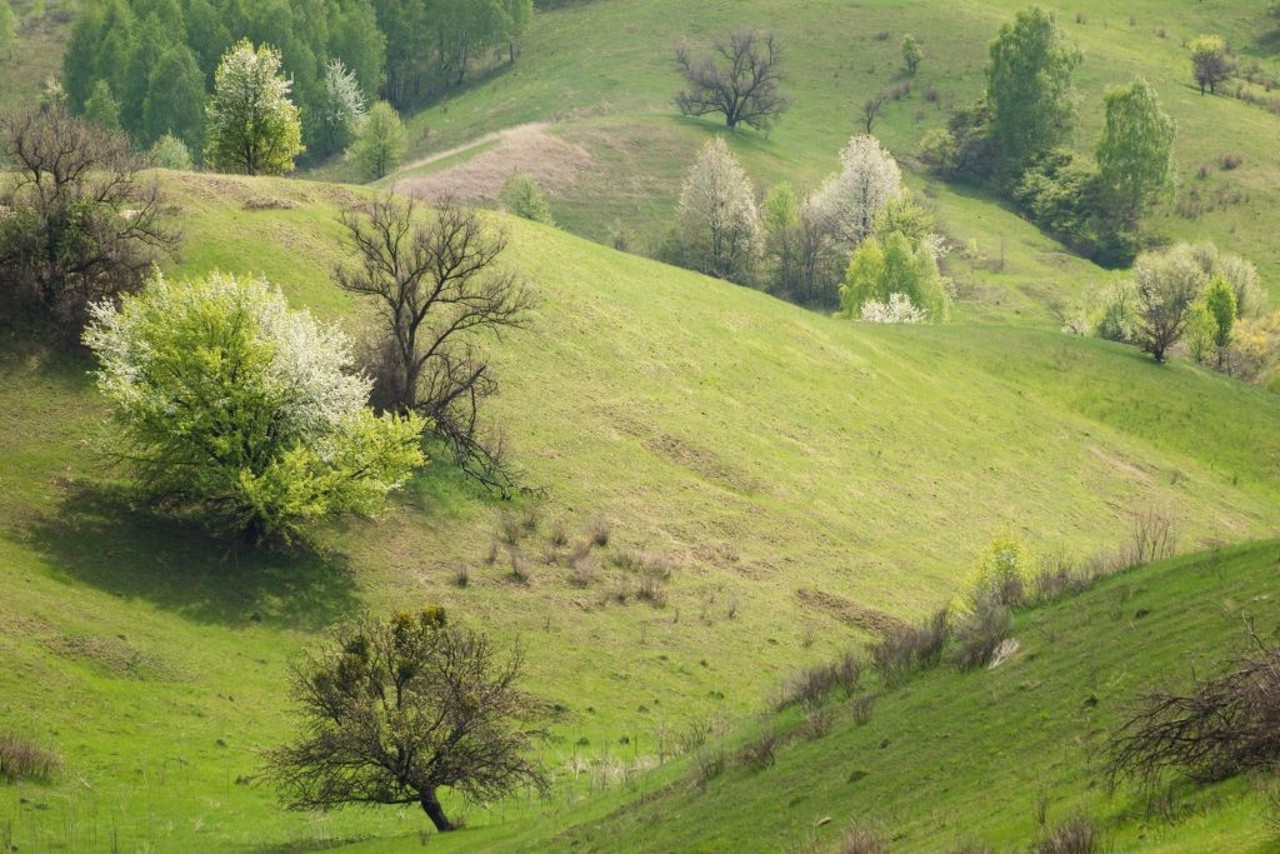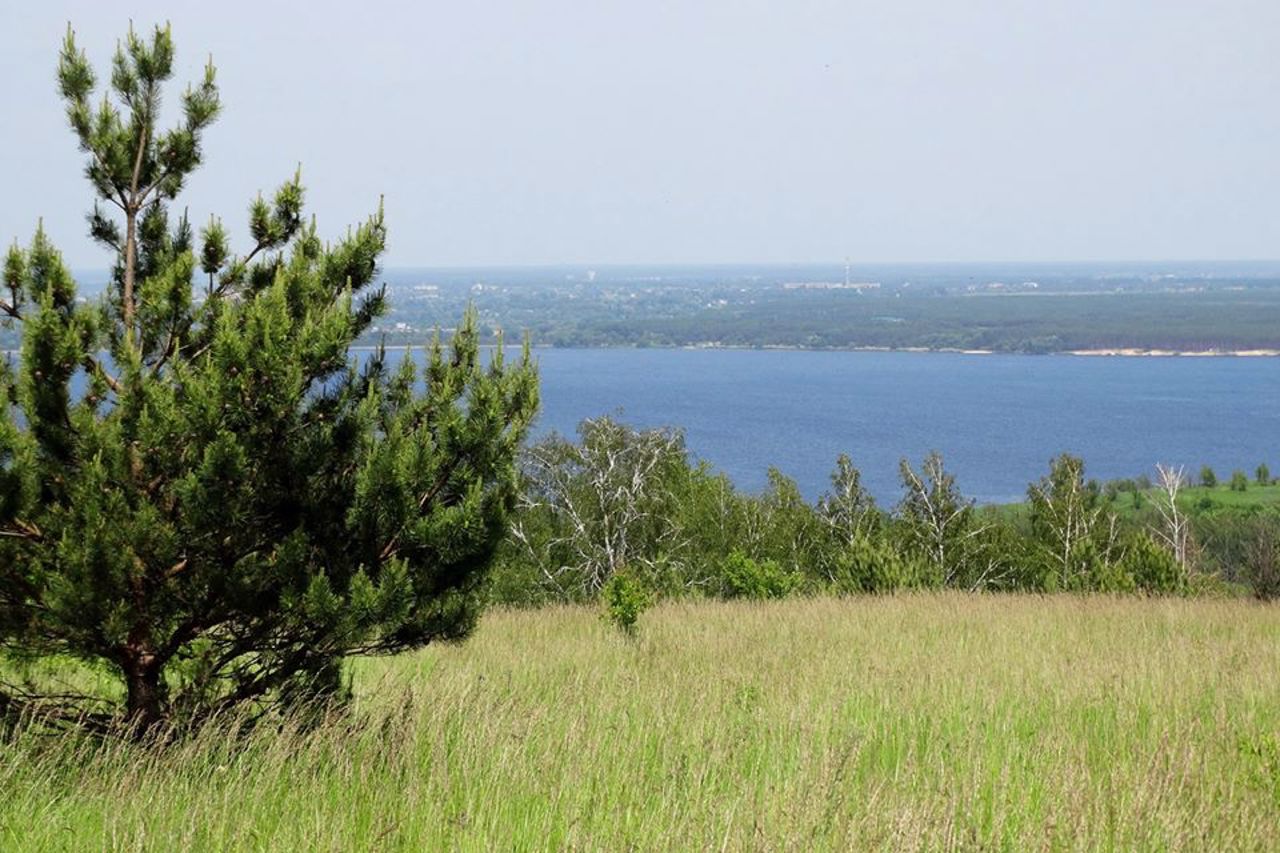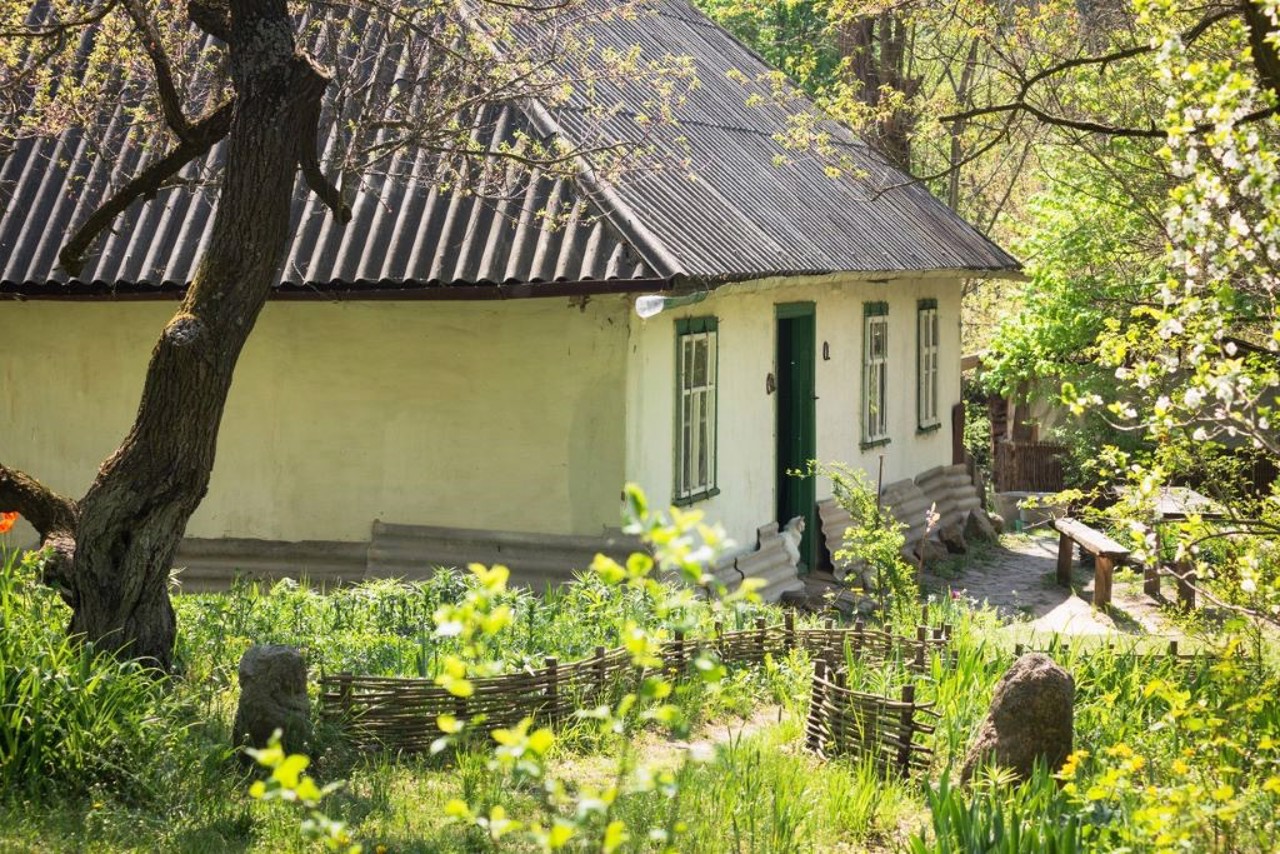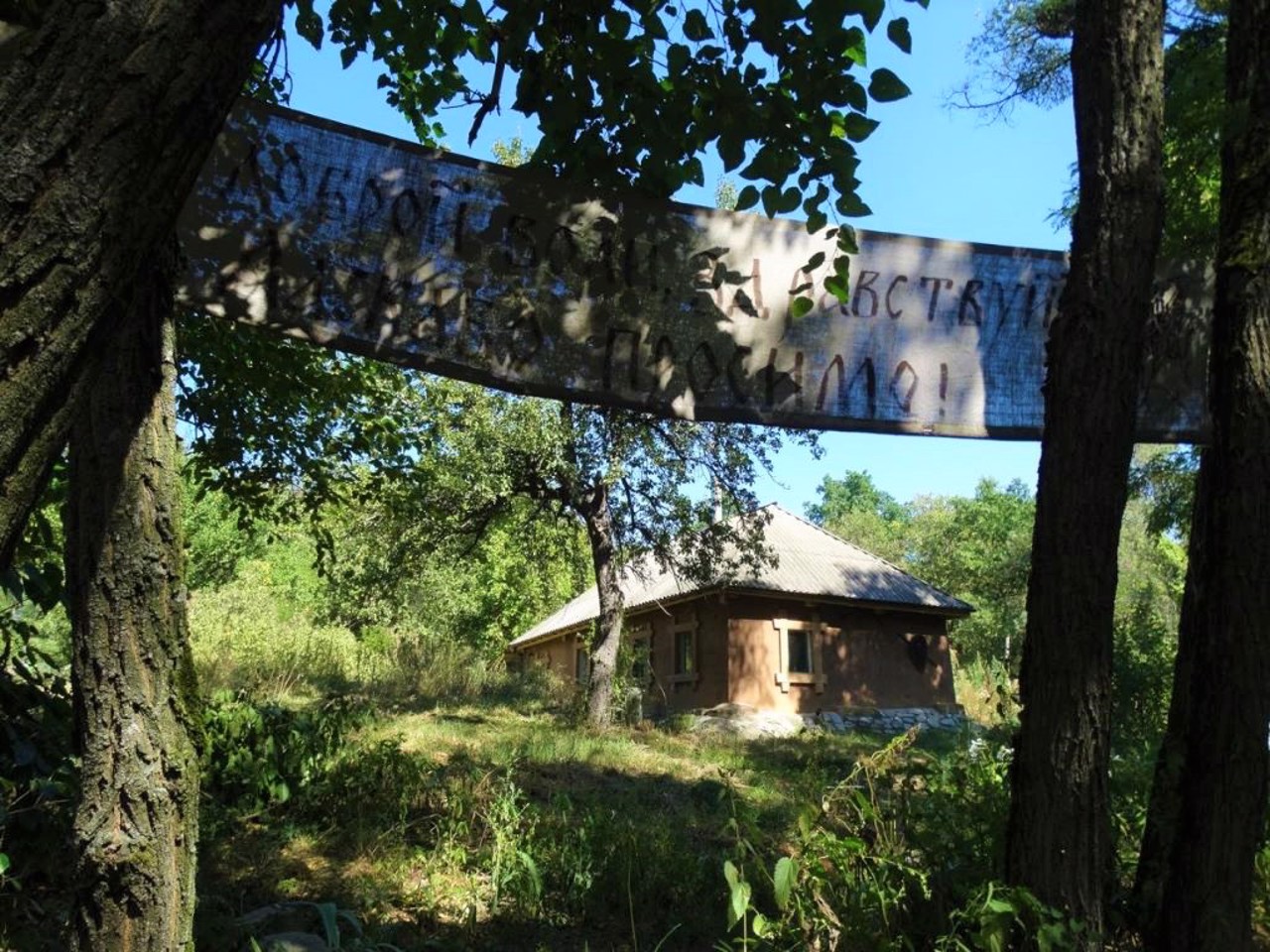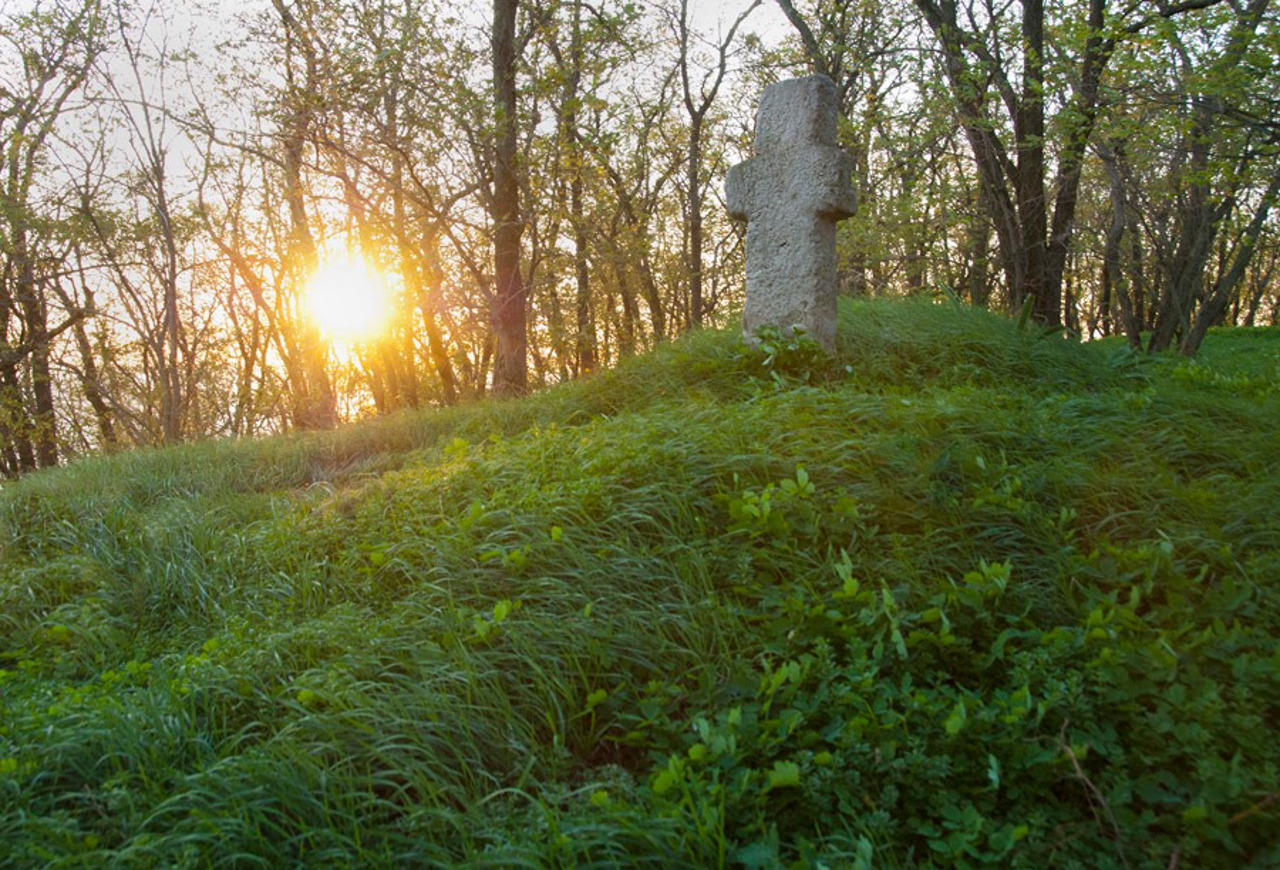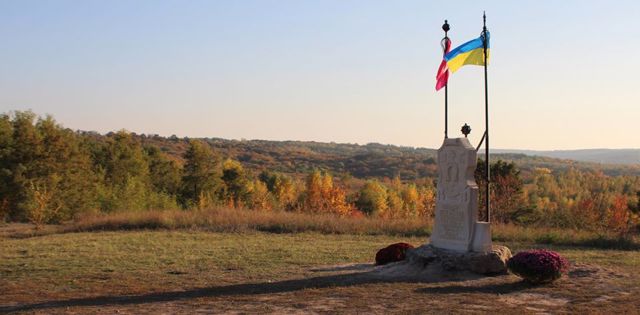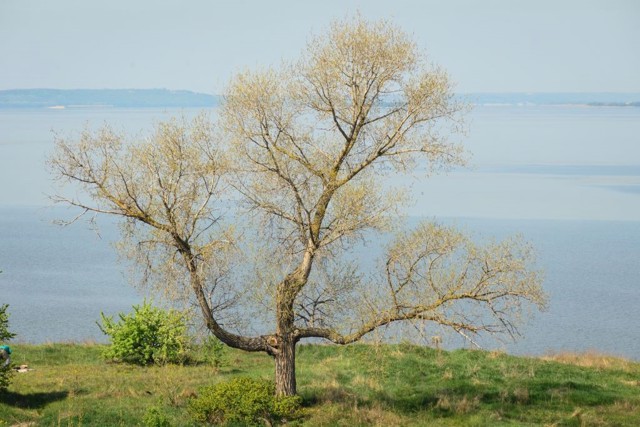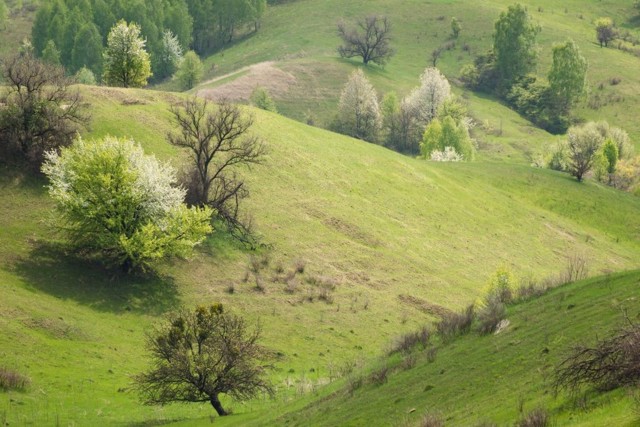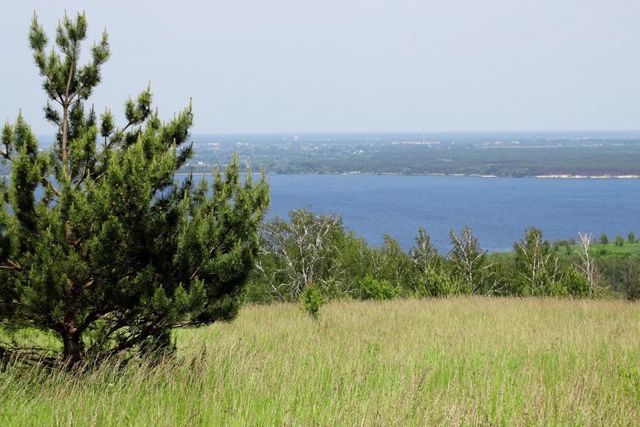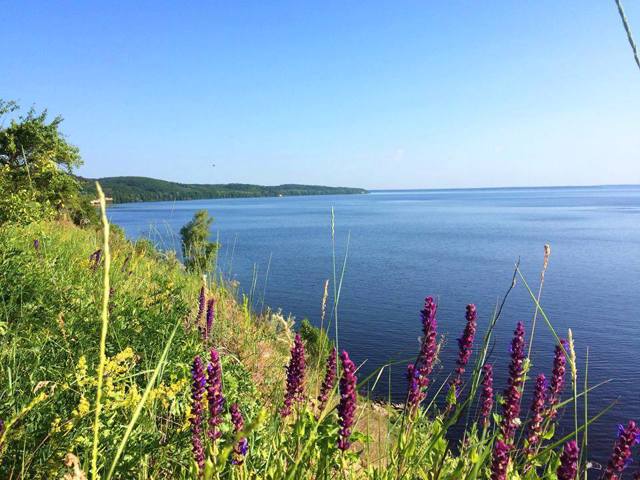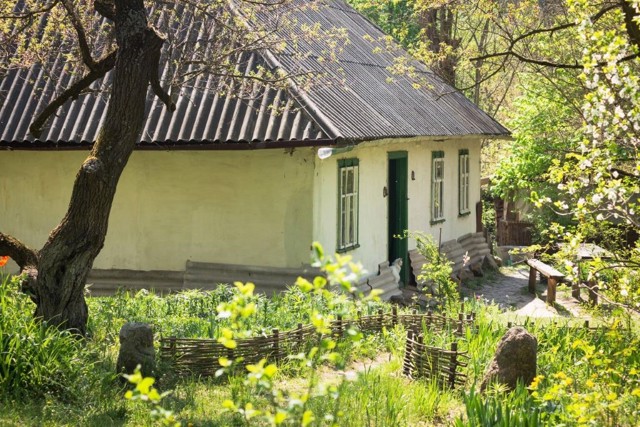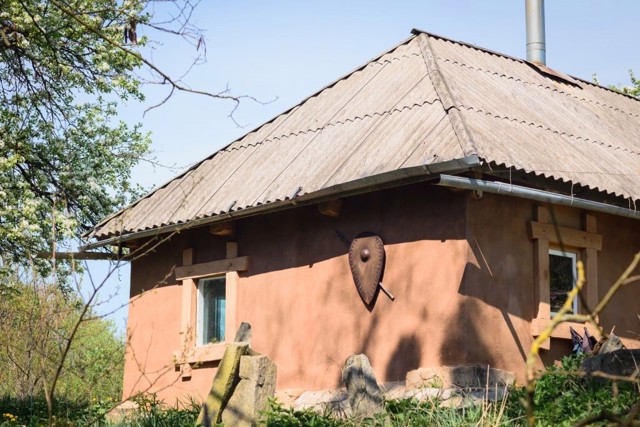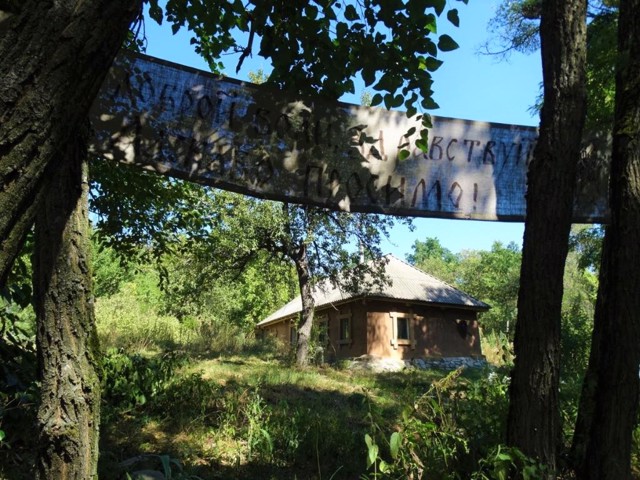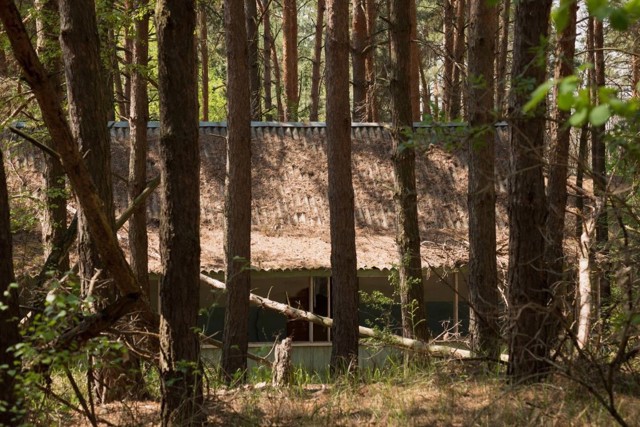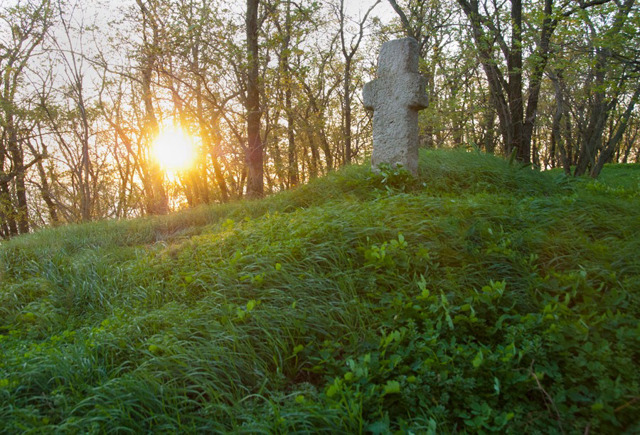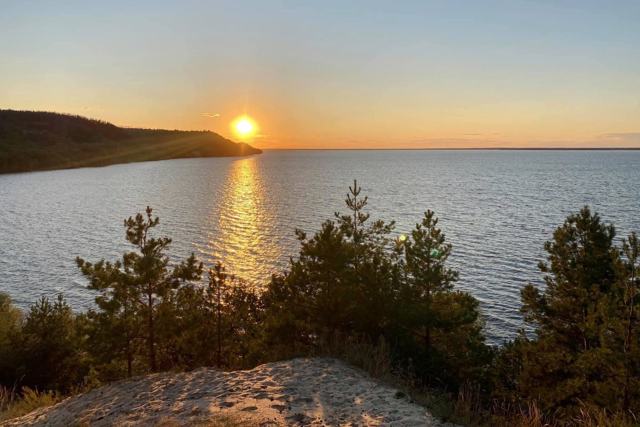Functional temporarily unavailable
Trakhtemyriv
Travel guide online Trakhtemyriv
General information about Trakhtemyriv
The ancient Cossack village of Trakhtemyriv is located on the bank of the Dnipro between Rzhyshchiv and Kaniv.
During the princely era, the ancient Rus city of Zarub stood on this site.
In the 12th century, the Trakhtemyriv Monastery was founded. In Cossack times, a hospital operated under it. In 1578, the Polish king Stefan Batory officially handed it over to the Zaporizhzhia Cossacks. Since that time, Trakhtemyriv became a Cossack residence - here they elected hetmans, received foreign ambassadors, and built ships. During the time of popular uprisings, it served as a base for the rebels, when one of them was suppressed in 1665, it was destroyed. The Cossack cemetery has been preserved.
In Soviet times, there were protected hunting grounds on the Trakhtemyriv Peninsul ...
The ancient Cossack village of Trakhtemyriv is located on the bank of the Dnipro between Rzhyshchiv and Kaniv.
During the princely era, the ancient Rus city of Zarub stood on this site.
In the 12th century, the Trakhtemyriv Monastery was founded. In Cossack times, a hospital operated under it. In 1578, the Polish king Stefan Batory officially handed it over to the Zaporizhzhia Cossacks. Since that time, Trakhtemyriv became a Cossack residence - here they elected hetmans, received foreign ambassadors, and built ships. During the time of popular uprisings, it served as a base for the rebels, when one of them was suppressed in 1665, it was destroyed. The Cossack cemetery has been preserved.
In Soviet times, there were protected hunting grounds on the Trakhtemyriv Peninsula. When the Kaniv Reservoir was created, almost all residents were displaced, and the village actually ceased to exist, but soon some of the residents returned.
In 1994, the creation of the State Historical and Cultural Reserve "Trakhtemyriv" was announced, and in 1997, the private reserve of the Agrarian-Ecological Association "Trakhtemyriv" was created.
Старовинне козацьке село Трахтемирів розташоване на березі Дніпра між Ржищевом і Каневом.
За княжої доби на цьому місці стояв літописне давньоруське місто Заруб.
В XII сторіччі був заснований Трахтемирівський монастир. У козацькі часи при ньому діяв шпиталь. В 1578 році польський король Стефан Баторій офіційно передав його у володіння запорозьких козаків. З того часу Трахтемирів став козацької резиденцією - тут вибирали гетьманів, приймали іноземних послів, будували кораблі. За часів народних повстань він служив базою повстанців, при придушенні одного з яких в 1665 році був зруйнований. Зберігся козацький цвинтар.
В радянські часи на Трахтемирівському півострові були заповідні мисливські угіддя. При створенні Канівського водосховища майже всі жителі були відселені, і с ...
Старовинне козацьке село Трахтемирів розташоване на березі Дніпра між Ржищевом і Каневом.
За княжої доби на цьому місці стояв літописне давньоруське місто Заруб.
В XII сторіччі був заснований Трахтемирівський монастир. У козацькі часи при ньому діяв шпиталь. В 1578 році польський король Стефан Баторій офіційно передав його у володіння запорозьких козаків. З того часу Трахтемирів став козацької резиденцією - тут вибирали гетьманів, приймали іноземних послів, будували кораблі. За часів народних повстань він служив базою повстанців, при придушенні одного з яких в 1665 році був зруйнований. Зберігся козацький цвинтар.
В радянські часи на Трахтемирівському півострові були заповідні мисливські угіддя. При створенні Канівського водосховища майже всі жителі були відселені, і село фактично припинило існування, але незабаром частина жителів повернулася.
В 1994 році було оголошено про створення Державного історико-культурного заповідника "Трахтемирів", а в 1997 році створено приватний заповідник Аграрно-екологічного об'єднання "Трахтемирів".
Сплануй своє перебування у Trakhtemyriv
What to see and where to go in Trakhtemyriv
Tourist attractions and museums of Trakhtemyriv
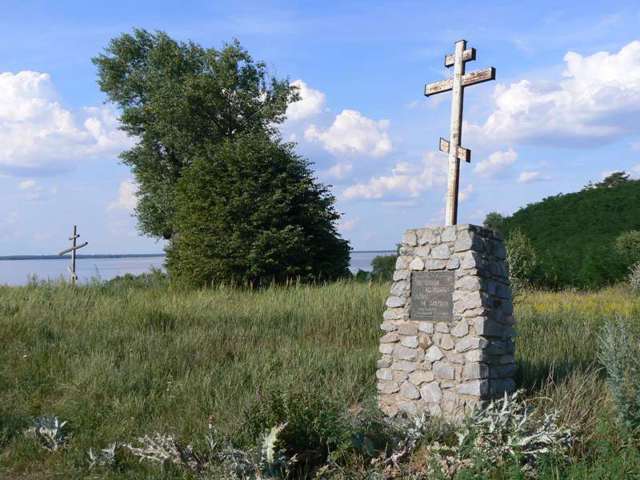
State Historical and Cultural Reserve "Trakhtemyriv"
Reserve , Historic area
The State Historical and Cultural Reserve "Trakhtemyriv" was created in 1994 on the picturesque Trakhtemyriv Peninsula, formed by a steep bend of the Dnieper opposite Pereyaslav, between the villages of Trakhtemyriv, Hryhorivka and Buchak. This historical, cultural and natural area is considered the heart of the Middle Dnieper Region.
On the territory of the Trakhtemyriv Peninsula, the remains of the Scythian rampart, which protected the settlement of Scythian plowmen in the 7th – 2nd centuries BC, and several early Slavic settlements have been preserved. In princely times, the chronicled Old Rus city of Zarub stood on this site.
In 1147, the Trakhtemyriv Monastery is mentioned, built on the site of the Zarub Monastery destroyed by the Tatars. In 1576, a hospital for old and infirm Cossacks was established at the monastery. Two years later, the Polish king Stephen Bathory, having founded a registered Cossack army, bequeathed Trakhtemyriv to the Cossacks as their main residence.
In the 17th century, the Trakhtemyriv Fortress was built, which became the informal Cossack capital - hetmans were elected here, ambassadors were received, and supplies were stored. It was also repeatedly an outpost of popular uprisings. In 1665, during the suppression of one of the uprisings, the city and the monastery were destroyed.
The main locations of the State Historical and Cultural Reserve "Trakhtemyriv" are located in the area of the ancient Cossack village of Trakhtemyriv. A Cossack cemetery has been preserved on the outskirts of the village, a monument to Hetman Petro Sahaidachny has been erected, and a cross has been erected on the site of the monastery in the Tserkovshchyna tract. Only a few houses have survived in the village itself, one of which is permanently inhabited by the family of a hermit nicknamed "Scythian".
Part of the reserve belongs to the private Regional Landscape Park "Trakhtemyriv" (Agrarian-ecological association "Trakhtemyriv"), which in the early 2000s used the reserve lands as elite hunting grounds. In a picturesque place, next to the former children's camp, a large hunting lodge in the castle style was built (it burned down in 2015). Not far from it grows a tree in the shape of a trident, next to which a commemorative sign is installed. Entrance to the territory is paid, the price includes parking.
Other objects of the State Historical and Cultural Reserve "Trakhtemyriv" are located in the area of the coastal villages of Hryhorivka and Buchak. Official tours are conducted by reserve staff upon prior reservation, and private guides also work on the territory.
Trakhtemyriv in news and blogs
Reviews Trakhtemyriv
Geographical information about Trakhtemyriv
| {{itemKey}} | {{itemValue}} |
|---|---|
| Region |
Cherkasy |
